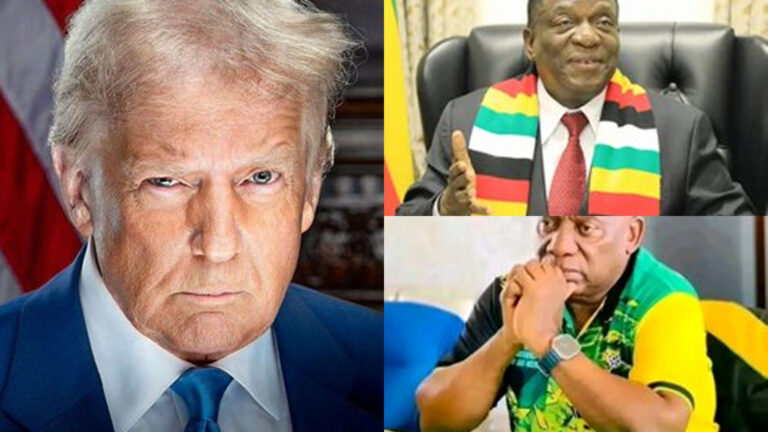Zimbabwe faces lighter U.S. tariff blow compared to South Africa
Zimbabwe has emerged with a comparatively lighter burden under U.S. President Donald Trump’s latest trade measures, avoiding the harsher tariffs imposed on its southern neighbor, South Africa.
On April 2, 2025, Trump unveiled sweeping “reciprocal tariffs” on over 60 countries, slapping a 30% duty on South African imports while Zimbabwean goods will face an 18% tariff starting April 9.
The disparity has led some to suggest Zimbabwe has “dodged” the worst of Trump’s trade crackdown, particularly as South Africa grapples with its higher rate amid already tense U.S. relations. The steep tariff on South Africa reflects its substantial trade surplus with the U.S. exporting $11.2 billion in goods in 2024 while importing just $6.8 billion as well as Trump’s longstanding criticism of its land expropriation policies.
By contrast, Zimbabwe’s smaller trade footprint likely shielded it from a harsher penalty. The country exported only $47 million worth of goods to the U.S. in 2024, mostly tobacco and ores, while importing $112 million creating a trade deficit rather than a surplus. This aligns more closely with Trump’s agenda of targeting imbalances favoring other nations.
Zimbabwe’s economy, already hardened by years of U.S. sanctions, may also be less vulnerable to these new tariffs. Some Zimbabweans on social media have pointed out that past restrictions inadvertently prepared the country for such trade barriers, unlike South Africa, whose auto sector and mining industries face significant disruptions.
Still, the 18% tariff is not without consequence key exports like tobacco could see reduced demand. However, Zimbabwe appears to have escaped the severe economic strain expected in South Africa, Lesotho (hit with a 50% tariff), and Botswana (37%), offering a rare moment of relief as the region braces for Trump’s trade fallout.

